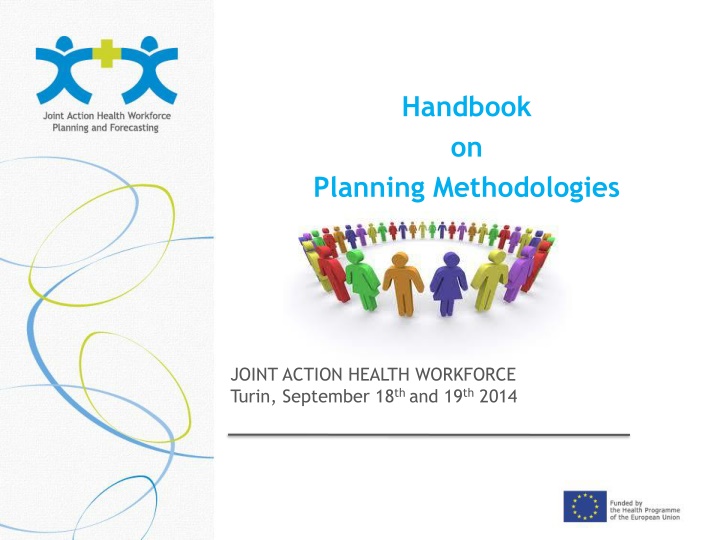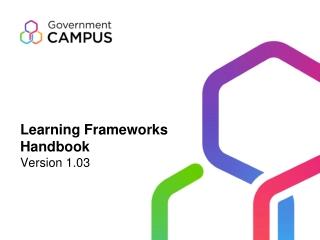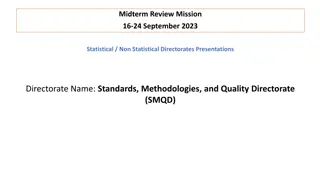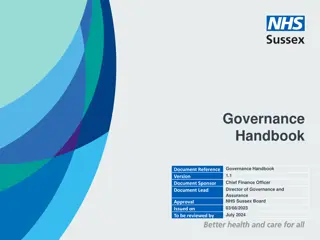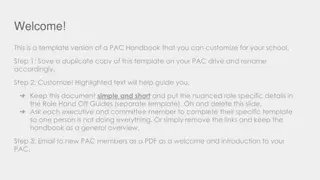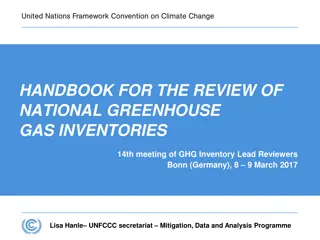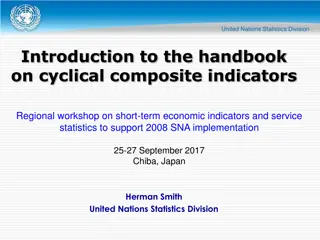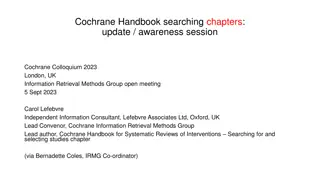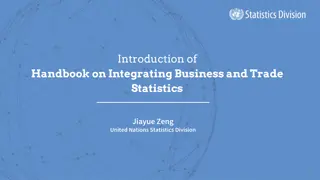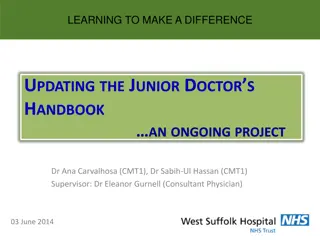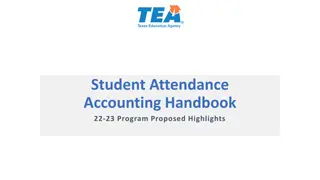Handbook on Planning Methodologies
In this handbook, additional papers on validation and processing are included, featuring various writers from different countries. These papers play a role in the annex, offering diverse perspectives and examples related to planning systems. The papers cover a range of topics, with some integrated into the core text for a holistic view of health workforce planning methodologies.
Download Presentation

Please find below an Image/Link to download the presentation.
The content on the website is provided AS IS for your information and personal use only. It may not be sold, licensed, or shared on other websites without obtaining consent from the author.If you encounter any issues during the download, it is possible that the publisher has removed the file from their server.
You are allowed to download the files provided on this website for personal or commercial use, subject to the condition that they are used lawfully. All files are the property of their respective owners.
The content on the website is provided AS IS for your information and personal use only. It may not be sold, licensed, or shared on other websites without obtaining consent from the author.
E N D
Presentation Transcript
Handbook on Planning Methodologies JOINT ACTION HEALTH WORKFORCE Turin, September 18thand 19th2014
ADDITIONAL PAPERS TO THE HANDBOOK Validation & processing
Additional papers A set of 12 papers where asked to volunteering writers: Victor Slenter & Gerlinde Holweg (Netherlands) Chris Scotter & Matt Edwards (England ) Pilar Carbajo & Sebas Martin (Spain ) Aur lie Somer (Belgium) Reijo Ailasmaa (Finland ) Isabella Notarangelo (HOPE) & Marco Landi (Council of European Dentist) Andres Haahr (Denmark) Otto Christian R , yvind S etorp and Randi Moen Forfang (Norway) Gustavo Ferreira (Portugal) Milena Santric Milicevic (Serbia) Gilles Dussault Melanie Boeckmann & Heinz Rothgang (University of Bremen)
Where do these papers take place in the handbook In the annex The papers have three roles: Refer to document, providing a story like example from a specific point of view Opening perspective on a out of scope of the minimal handbook topic but considered as vvery important in a planning system 2 of them turned out to be fit for integration in the core text
Visualy Refer to Introduction & definition section of the handbook Refer to INTEGRATION Core sections of the handbook Set of 12 papers Further perspective Conclusions & next steps Further perspective
Objective Quality ! The papers proposed must be peer reviewed with special attention to their non scientific character. Quality must be available for fitting into the handbook The readers should be able to draw lessons out of the paper
WORKFLOW The Author reads his/her text Read Group discuss Quality & Fitting the scope Usability & Position to refer from in the handbook Discuss Highlight 5 to 10 keywords Write a 3 to 5 lines summary Write
PAPER #1 GILLES ASSIGNMENT Planning capacity evaluation How to assess the quality and impact (effectiveness) of health workforce planning? To what extent does the effectiveness of health workforce planning depend on technical factors (competencies of planners, quality of data) or on political decision-making? Is it possible to pursue long-term objectives in developing the health workforce?
PAPER #2 MILENAS ASSIGNMENT HWF Wages Inclusion of wages as a variable affecting the future supply and demand for health workers. How wages determining the supply and demand of workers in the health sector. Wages and their relations with attractiveness of different fields of study and occupations, the choice of practice location, as well as retention rates and retirement patterns. Wages and their relations with the number and mix of health workers that can be employed under any overall or sectorial budget constraints. Any current or future gaps (shortages or surpluses) of different categories of health care providers can also be expected to be mitigated through wage adjustments, but these adjustments are almost never taken into account in the models.
